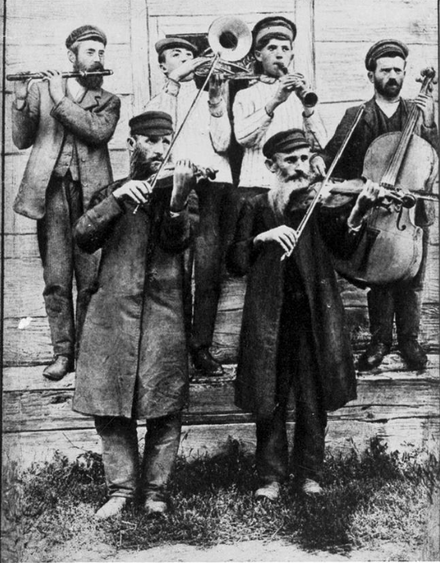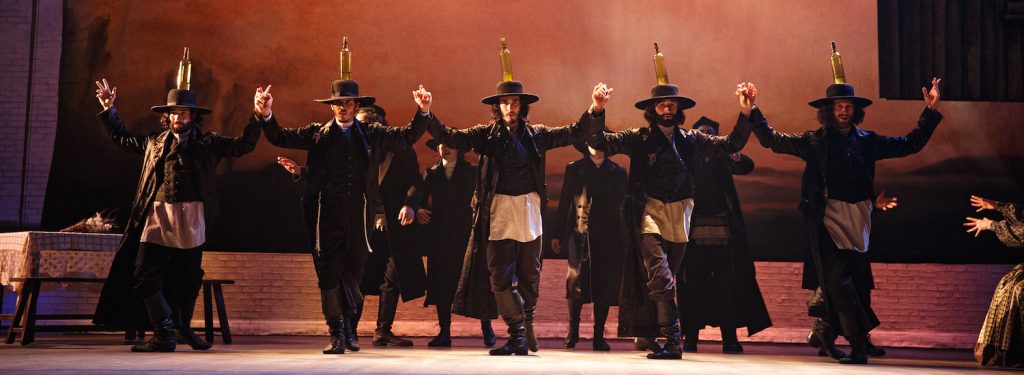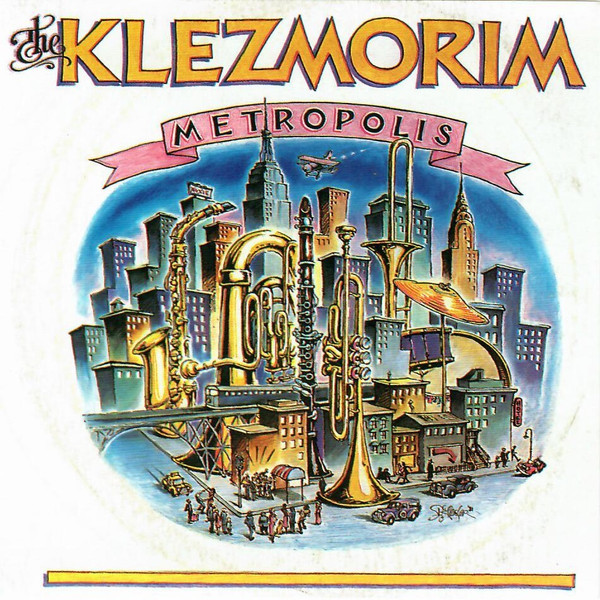
Klezmer is a centuries-old genre of music created by Ashkenazi Jews of Eastern and Central Europe. The word klezmer is from the Yiddish words kley, or “vessel,” and zemer, or “melody,” coming together to mean a musical instrument. The word was commonly used in Yiddish and Jewish culture to refer instruments but, by the 16th century, had changed meaning to the musicians themselves. It only became the name of the genre when it entered the English language in America.
Klezmer is primarily folk music for dancing. The music is lively, typically either entirely instrumental or with long instrumental breaks. What lyrics is does have are typically in Yiddish and emotive. It is used throughout Jewish culture and celebrations and other social events, like weddings and b’nai mitzvahs (the Hora and Hava Nagila are both klezmer; “Wedding Dance” from Fiddler on the Roof is as well).

As Jews are a people of a diaspora, their music is as well. Klezmer has influences from many places that Jewish people settled, including Romania, Russia, and Poland. It also has strong Ottoman and Roma influences. Common instruments in klezmer include the violin, clarinet, bass, cello, flute, accordion, and brass instruments. This combination of instruments, combined with the aim of being for dancing and the embellishment of the written music, is what gives klezmer its signature style.
In the late 19th into the 20th century, klezmer underwent many changes. Many Jews, including klezmer musicians, emigrated to America, where the genre once more became influenced by its new surroundings. Many were leaving rural areas to live in big cities, which changed the traditional folk sound the music had. Additionally, the invention of the phonograph aided in the modernization and sophistication of the genre. By the 1920s, American Big Band-style music had also played a role in shaping the sound, creating distinct differences between European and American klezmer music.
In America, the popularity of klezmer followed the flow of Jewish immigrants. When great numbers began arriving in the 1880s, klezmer music boomed. After the Immigrant Act of 1924 heavily restricted the number of Jewish immigrants allowed to enter the country, the demand for klezmer music dropped off. In the 1970s, however, a klezmer revival movement was launched, spearheaded by the band The Klezmorim, who went on to earn a Grammy nomination in 1982 and sell out Carnegie Hall twice in 1983.

The Klezmorim’s 1981 album “Metropolis,” which earned their Grammy nomination